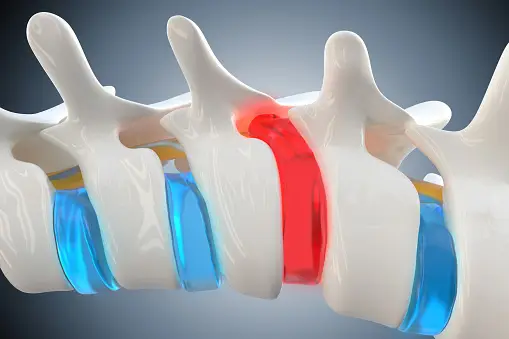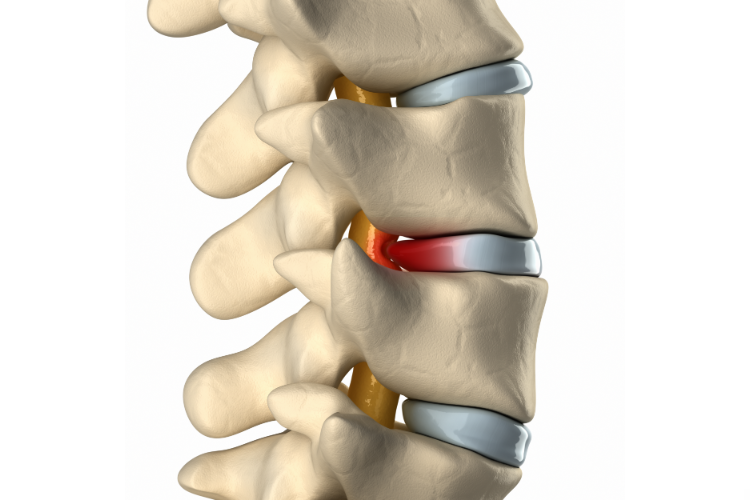Did a doctor or chiropractor previously diagnose you with disc degeneration? If they weren’t explicit about what that means, you may question what the condition entails and how you can take steps to ease the symptoms. You might even question what caused it.
At Precision Spinal Care, aspineatatime.com, serving Chelsea, MI, and the nearby regions, we’d like to talk to you about disc degeneration and explain some general information.
We encourage you to contact us if you have any further questions or are ready to book and see for yourself.
General Information
Degenerative disc disease is an issue that occurs over time as the discs (the rubbery cushions in your back) wear out over time. Since they act as shock absorbers, when they begin to change and become less flexible over time, you may experience back pain.
Particularly, when you bend, twist, or lift, you may notice.
The pain from degenerative disc disease may interfere with your ability to move your back as usual.
This condition can progress over time, causing you more pain and discomfort. Fortunately, you can reduce the prevalence of symptoms with the proper care and slow the progression, allowing you to maintain as much function and flexion as possible while preventing the pain from worsening.
Symptoms
As noted, pain is the main symptom of degenerative disc disease. It may appear as a nagging pain or be so intense that it’s debilitating. While it can happen when you put your back in motion, sometimes, it’ll appear when you sit for prolonged periods and stress the discs in the back.
When the pain affects the lower back, you may have symptoms that extend down the buttocks and legs. If it affects the neck, you may have symptoms that extend down your arms.
You may notice that the pain from degenerative disc disease will improve whenever you stand.
You might also feel better whenever you’re walking, jogging, or running since you’re easing the load on these discs. Even changing positions, such as lying down, can help to ease the pain.
As a chiropractor in Chelsea, we’d like to stress that the pain from this condition may come and go. You may have periods of increased pain that lasts between a few days and a few months.
Causes
Most people have some degree of degeneration after 40 as a result of aging and wear and tear on the spine.
Some people are more likely to have degenerative disc disease than others. For instance, if you’ve had one or more injuries that affected your back in the past, you’re more at risk. Obesity can also elevate your chances, as it places excessive pressure on the discs.
Women, smokers, and those with a physically demanding job also have a heightened likelihood of developing degenerative disc disease.
Chiropractic Care
When you visit your upper cervical Chelsea MI chiropractor, we’ll determine if you have degenerative disc disease as well as the extent of it. We’ll determine the phase of it, one through four, to accurately gauge it.
Once we have an understanding of your condition, we’ll tailor a plan for your specific needs.
One of the most common treatments we use for degenerative disc disease is a chiropractic adjustment — a treatment that consists of a chiropractor from our office realigning the vertebrae in the spine to correct subluxations and reduce pressure on the discs.
Precision Spinal care, serving Chelsea, MI, and the surrounding area, offers treatment for disc degeneration. Though we can provide you with treatments in our office, we can also supply you with information you can use at home to help manage your pain and other symptoms.
Book an appointment at our office by calling 734-433-9564. You can also send us a message.




